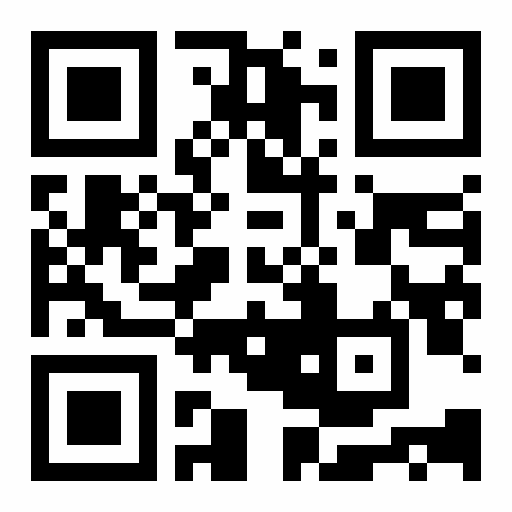




Lead exposure can cause multiple systemic toxicities, particularly affecting the hematopoietic, nervous, and renal systems. Experimental studies have shown that lead has potent endocrine-disrupting activity. However, its effects on the thyroid structure and functions are not well elucidated and the published studies are controversial. The aim of this study was to evaluate the changes occur in thyroid tissue, optically and ultrastructurally, and hormonal changes induced by low-dose sub-chronic lead acetate toxicity. Twenty adult male albino rats were divided into two groups, each containing 10 animals; group I (normal control) received distilled water as placebo and group II (Lead acetate group) was treated with 100 mg/kg BW of lead acetate by oral gavage for 8 weeks. The results showed that lead acetate treatment caused biochemical changes that are consistent with hypothyroidism i.e. low T4 and T3 levels and a significant increase in TSH. Microscopic examination of thyroid sections in Lead-acetate treated group revealed that the majority of the thyroid follicles were irregular and enlarged, others were distended with vacuolated colloids, and some of them were small with no colloid, congested blood vessels, prominent mast cells, and exfoliated cells in the lumen of the follicles. In conclusion, lead acetate exposure resulted in subclinical hypothyroidism associated with evident morphological alterations in the thyroid tissue.